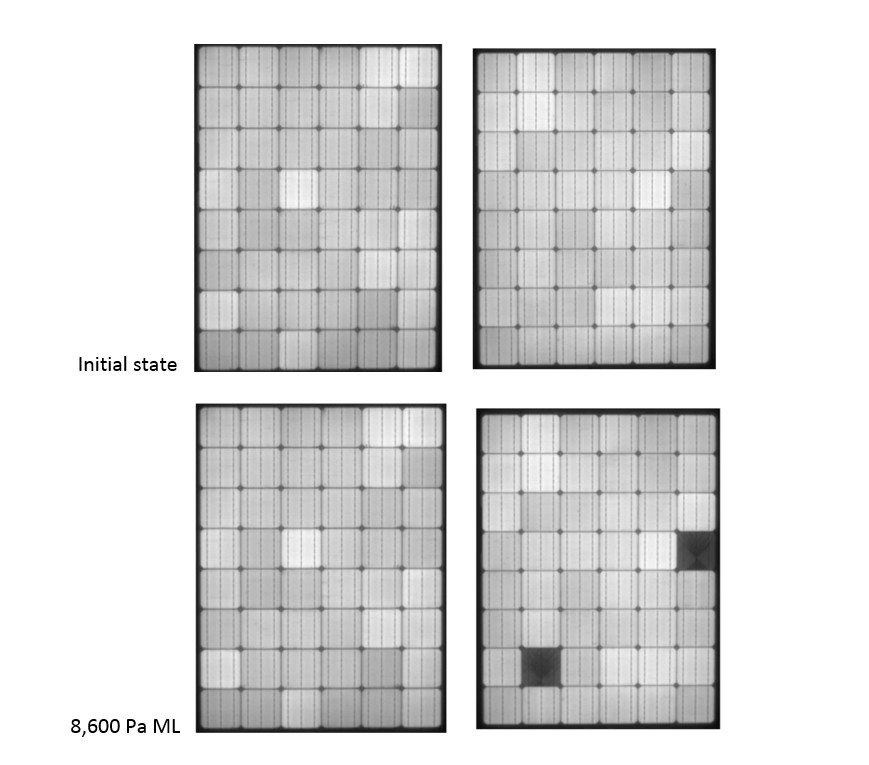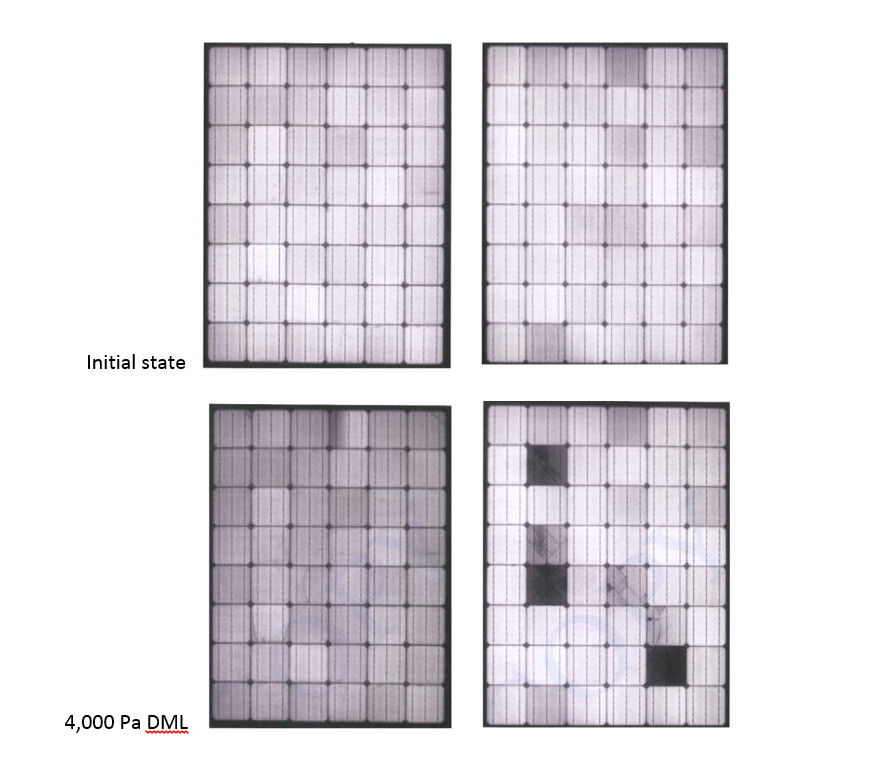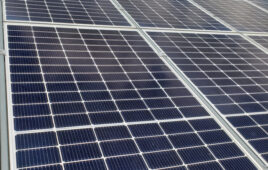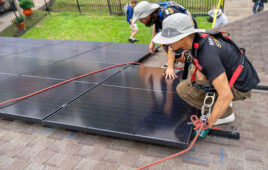There have been many academic resources spent in understanding the effects of micro-cracks in solar modules, but it is still difficult to predict the exact causes that make micro-cracks appear, especially after modules are installed in the field.
Since the solar market became aware of micro-cracks, mechanical and thermal stresses have been blamed as causes to the problem. Therefore, module manufacturers worldwide have worked closely with independent testing laboratories, putting modules through mechanical loading (ML), thermal cycling (TC), humidity freeze (HF) and other popular tests to confirm the long-term reliability of their modules under various stresses. But these tests only help people identify the effects of micro-cracks, not necessarily the causes of them. It takes years of industry experience to analyze the causes of micro-cracks and find solutions to them.
Occurrences of micro-cracks can be classified into three categories: during production, during transport or in the field. Micro-cracks that appear during production are usually caused by inexperienced operators and poorly tuned production equipment, and they can be remedied by improving production processes. Transport and handling-induced micro-cracks happen after solar modules have been packaged and shipped out of the production facility. Improper transport methods and handling errors make micro-cracks appear, and these can be mitigated by redesigning product packages with added protection and padding. The most common type of micro-cracks appears in the field, caused by constant wind stresses and heavy snow during long winters. The solution to the field defects is to structurally strengthen the solar cells.
In a solar module production line, a poorly tuned stringing machine or manually soldered joints may exert excess forces during the soldering process and cause hairline cracks around the busbars. These cracks worsen after the lamination process, as both the pressure from lamination and thermal expansion cause the cracks to lengthen and widen. If the cracked modules manage to slip through the quality management system, they become the weakest link in the solar array, as more micro-cracks will grow from the hairline cracks to severely impact the power output of the solar module. The best way to mitigate the micro-cracks caused during production is to only use automated soldering equipment with experienced engineers to optimize the machines. At least two stages of electroluminescence (EL) should be included in the production line to complement visual inspection to screen out defects so they do not leave the factory.
In order to improve the stacking capability of solar modules in warehouses, companies are inclined to use vertically packaged modules in cardboard packaging on wooden pallets. Further cost-cutting measures lead to thinner and weaker cardboard boxes that require fully-packed modules to help support pallets in the upper deck. These poorly designed packages may not be able to handle the rigorous vibration exhibited in cross-ocean journeys, and solar modules in the lower pallets tend to crack under the weight of upper pallets. A reinforced packaging design that carries all the weight of upper decks without putting pressure on modules during transport is necessary to prevent micro-cracks.

Figure 1: Comparison of EL pictures before and after 8,600 Pa ML tests for (left) HeatCap module and (right) reference module.
Micro-cracks that occur in the field after installation are usually caused by external forces like snow and wind. When such forces act on each module, the solar cells bend according to the construction of glass, frame and mounting structures. For example, when uniformly settled snow acts on a module clamped on the longer sides, the principal forces on the long side cause the module to sag in places not supported by the clamps, while the short side of the module would fold toward the unsupported center. As a result, the solar cells are forced to bend in the same directions dictated by the glass and may crack in both x and y axes. Conventional wisdom may be to improve the thickness and strength of glass and frame, but the added reliability has the downside of increased module weight. Module manufacturer WINAICO’s patented HeatCap technology can improve the solar cell strength without impacting the weight and usability of solar modules.

Figure 2: Comparisons of EL pictures before and after 4000 Pa DML tests for (left) HeatCap module and (right) reference module.
WINAICO’s own HeatCap technology is a film that can be applied to the back of any silicon solar cell, before being assembled into modules. It has the effect of structurally strengthening each solar cell to prevent micro-cracks. HeatCap is exclusive as an added feature to WINAICO’s high efficiency product line. WINAICO’s internal evaluation shows evidences of HeatCap improving the ultimate stress a solar cell can withstand up to 18.12%. WINAICO worked with Taiwan’s leading research institute, ITRI, to evaluate the reliability of HeatCap technology at the module level through ML and dynamic mechanical load (DML) tests to simulate static snow and dynamic wind loads on solar modules.
Based on the EL results shown in Figure 1, the HeatCap module is able to withstand up to 8,600 Pa of ML test without any visible micro-cracks, while the reference module has two obviously cracked cells after the 8,600 Pa ML test.
Based on the EL results shown in Figure 2, the HeatCap module is able to withstand up to 4,000 Pa of DML test without any visible micro-cracks, while the reference module has six severely cracked cells after 4,000 Pa DML test.
The best ways to reduce micro-cracks in modules depend on the likely causes. Micro-cracks that occur during production or transport require different remedies. In order to provide an all-round protection to cells in the field, WINAICO’s HeatCap technology is one solution that improves the overall reliability of solar cells by increasing structural strength of solar cells.
This article was written by Tony Chang, deputy manager of marketing at WINAICO.





A solar panel that withstands 8,600 pascal during mechanical load test is excellent. Once micro cracks start, it’s hard to predict the malicious effect on the module’s performance in the long run, more here:
http://sinovoltaics.com/quality-control/solar-panel-quality-an-introduction-to-micro-cracks/
Micro cracks potentially grow over time and turn into cell breakages. This Heatcap module is an interesting solution.